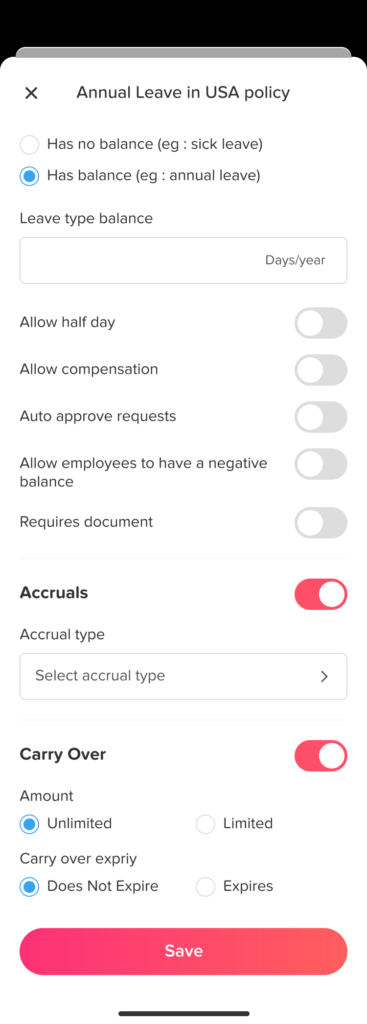Embracing Flexibility in the Workplace
In the evolving landscape of workplace management, compensatory time off (commonly referred to as “comp time”) has emerged as a valuable tool for both employers and employees. It offers a cost-effective alternative to traditional overtime pay, while providing employees with greater flexibility in balancing work and personal life.
Understanding Compensatory Time Off
Compensatory time off allows employees to take time off in lieu of receiving overtime pay. This arrangement is particularly advantageous in scenarios where budget constraints make overtime pay less feasible. For employees, comp time offers the flexibility to enjoy extended time off, which can be critical for maintaining work-life balance.
Here’s a breakdown of how compensatory time off generally works:
- Accrual of Comp Time: Instead of receiving overtime pay for hours worked beyond the standard workweek (typically 40 hours in many countries), employees accrue time off. For example, an employee who works two hours of overtime could be entitled to two hours of compensatory time off.
- Eligibility and Regulations: The eligibility for comp time and how it’s implemented can vary significantly depending on the country’s labor laws, the sector (public vs. private), and the specific policies of an organization. In the United States, for example, the Fair Labor Standards Act (FLSA) has specific rules about comp time, particularly for public sector employees.
- Policy Details: Organizations that offer comp time typically have a policy that details how it’s accrued, the maximum amount of comp time that can be accumulated, and the process for requesting and using this time off.
- Usage of Comp Time: Employees can use their accrued comp time to take paid leave from work, similar to how they would use vacation or personal leave days. This provides greater flexibility in managing work-life balance.
- Expiration and Payouts: Some policies may have stipulations about comp time expiring after a certain period or being paid out if it’s not used.
Legal Framework and Guidelines
Before implementing a comp time policy, it’s crucial to understand the legal guidelines that govern its use. The Fair Labor Standards Act (FLSA) in the United States, for example, sets specific rules for comp time, primarily for public sector employees. Private sector employers often have different regulations to consider. Always consult with legal experts to ensure compliance with local and national labor laws.
Implementing a Comp Time Policy
- Policy Development: Develop a clear comp time policy, outlining how comp time is accrued, the maximum amount that can be accumulated, and the procedure for requesting time off.
- Employee Communication: Clearly communicate the policy to all employees, ensuring they understand how comp time is earned and used.
- Tracking System: Implement a system for accurately tracking hours worked and comp time accrued to maintain transparency and avoid potential disputes.
- Managerial Training: Train managers and supervisors on how to handle comp time requests and ensure consistent policy enforcement.
Benefits for Employers and Employees
For employers, comp time offers a cost-effective way to reward employees for extra work hours, without the immediate financial impact of overtime pay. Employees benefit from the added flexibility and autonomy in managing their time off, leading to improved job satisfaction and work-life balance.
Compensatory time off is valued by many employees for the flexibility it offers, allowing them to balance work with personal commitments, rest, and leisure. For employers, it can be a cost-effective way to manage overtime work without the immediate financial outlay of overtime wages. However, it’s important for such policies to be carefully managed to ensure fairness and legal compliance.
Using the Comp Off in Day Off

Day Off simplifies the process of managing employee leaves by allowing you to establish multiple leave policies that match your company’s requirements. This ensures a seamless and precise monitoring of employees’ leave balance. By creating different leave policies that match all employees’ needs.
After establishing your leave policy, you have the flexibility to select an unlimited variety of leave types to incorporate. This policy isn’t restricted to a set number of leave categories – it’s entirely your choice. Additionally, you can delve into various options such as automatic approval, the allowance of half-days, handling negative leave balances, or necessitating documentation for leave requests. If you’re looking for even more customization, you can tailor the accrual and carryover settings to align perfectly with your organizational requirements.
Allow Compensation
By activating this feature for any leave type, you have the employee will be able to submit a comp off request if he worked overtime or on an official holiday, and the comp off request will be added to the employee’s balance.
Conclusion
Compensatory time off represents a modern approach to employee compensation, blending the needs of the business with the well-being of its workforce. By implementing a well-structured comp time policy and ensuring clear communication, organizations can foster a more flexible, employee-friendly work environment. This not only aids in employee retention but also promotes a culture of trust and mutual respect.
